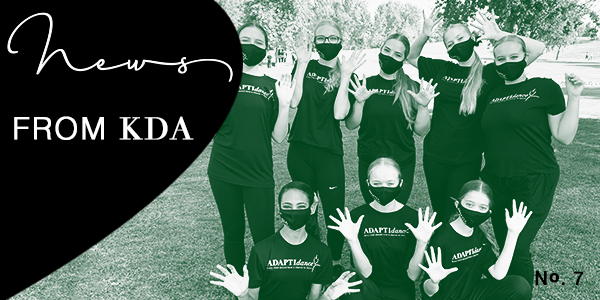KDA Newsletter No. 8
NEWSLETTER — December 2021 YEAR IN REVIEW A year-end reflection, one of our favorite times of the year. In many ways, 2021 felt like a continuation of 2020. For every step forward we took, we often felt that three more steps were then taken backward. In another year of uncertainties, we focused our efforts on the digital realm and found that we continued to make an impact in Kern County and beyond. A few of our 2021 highlights include the following: - We supported dozens of Kern County creatives through employment opportunities, grants,…continue reading →



